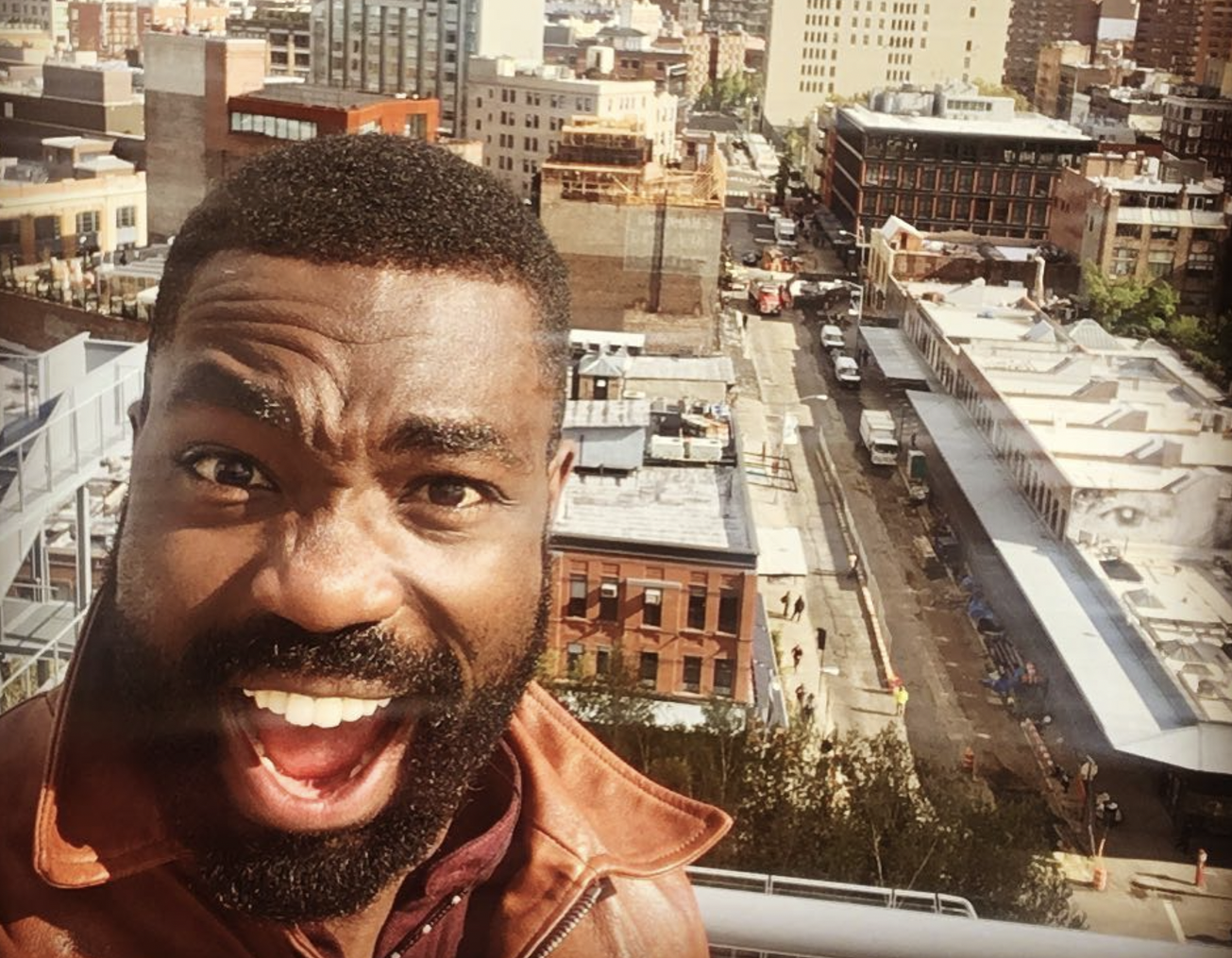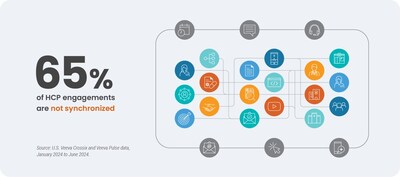It’s largely driven by feelings of “compersion”, says Abbey, a 36-year-old non-monogamous person from Canberra. “It’s the feeling of happiness, joy and excitement at the thought of your partner engaging in romantic or intimate connections with other people – almost like the opposite of jealousy.”
It can also be driven by a desire to push against rigid social norms, sometimes known as “relationship anarchy”, says Zef Aster, a 26-year-old non-monogamous person from Cairns.
The non-monogamy dictionary
- Kitchen-table polyamory: When a non-monogamous person is friendly with the people their partners are involved with. Everyone knows of each other and can get along. A polyamorous network like this is often referred to as a “polycule”.
- Open relationship: When a couple has sexual/physical, but not necessarily romantic, connections with other people.
- Hierarchical polyamory: When a couple can pursue other romantic and sexual relationships (either together or separately), but they remain each other’s “primary partner” (aka the relationship they prioritise).
- Non-hierarchical polyamory: Similar to hierarchical polyamory, except that every partner is prioritised equally.
- Don’t ask, don’t tell polyamory: When a couple is consensually non-monogamous, but don’t share many details about their other partners, or introduce everyone to each other.
- Polyamorous-by-orientation: People who experience polyamory as a fixed orientation rather than a preference or choice.
- Ambiamorous: People who don’t feel fixed in their relationship orientation.
How does it all work?
“Ethical non-monogamy is an umbrella term. There are many different types of non-monogamy underneath that,” says Abbey, who founded the Evolving Love Project. “There’s polyamory, which is having multiple loving relationships with different people, or there’s swinging, which is when couples have sexual connections with other couples.”
Loading
These terms are rather fluid, Abbey notes – they may mean something different to each person, and people may identify with multiple terms at once, or none. For example, Abbey and her husband Liam, with whom she has been for 11 years (nine of which they have been ethically non-monogamous), are somewhere in between an open relationship and polyamorous.
“We try not to attach ourselves to any specific label because it’s very dependent on the connection,” Abbey says. “Some connections are lighter – not a deep relationship but still a caring connection – but then there may be other times when I date someone for years.”
Open communication is key when exploring non-monogamy, says Siobhan, a non-monogamous person from Sydney who co-hosts a polyamory podcast with her partner Rich.
“You have to create relationship agreements regarding time management, finances, dating, sleepovers, holidays with partners, family relationships and more,” Siobhan says. “Nothing can be left up to assumption.”
Siobhan and Rich have been able to explore the intricacies of both their relationship and themselves since exploring non-monogamy.Credit:
These critical conversations must be ongoing because feelings can evolve, Siobhan says. For example, you may have once been comfortable swinging but now prefer only polyamory.
Non-monogamous people can also be single. “Solo-polys” explore multiple sexual connections without committing to longer-term relationships. Aster says they occasionally feel the desire to commit their time to just one person, or even take a break from dating altogether.
“Just because you’re non-monogamous doesn’t mean you need to be validating yourself by having multiple partners,” Aster says. “Sometimes you just don’t have the time with work and other commitments. Dating takes time.”
Setting some boundaries
Rules and boundaries can help maintain feelings of security, says relationship expert Samantha Jayne. This could include having safe words, establishing expectations around how much time is spent with other partners, or safe sex practices with secondary partners.
However, not everyone needs these kinds of boundaries. Instead of hard-and-fast rules, Abbey and Liam simply have a foundation of respect and consideration for each other.
“It’s a constant conversation,” Abbey says. “For several years we weren’t necessarily comfortable with each other having sleepovers with others. As the years have moved along, that’s something that we now feel more comfortable with, if the timing is right.”
The ups and downs
Loading
Non-monogamy can be an opportunity to experience more love and affection, as well as different forms of it, says the chair of the Society of Australian Sexologists, Ella Shannon. “Love is not something you can run out of. Each person has unique qualities. Having multiple partners means you can have different needs met and have different experiences that wouldn’t be otherwise available with just one person.”
It can also be a chance for self-exploration, Abbey says. “It puts a magnifying glass on all aspects of your relationship, the bad and the good. For us, we find that to be really fascinating and a really eye-opening thing for us as individuals and also as a couple.”
However, as in any relationship, it can come with challenges. Though non-monogamous people can experience compersion, they can also experience jealousy or insecurity. When they arise, Abbey says, you shouldn’t feel ashamed – rather, you should examine why you may be feeling that way.
Aster adds that ongoing stigma around non-monogamy can complicate things.
“You sometimes wonder if it would just be easier compromising your values and being monogamous. When you meet other people you don’t want them to feel like they’re not enough. Some people may think I just want to jump into everyone’s pants, but it’s not like that at all.”
Loading
Though non-monogamy resources and communities are becoming easier to find, it remains common for non-monogamous people to experience disconnection and shame based on their relationship structures, Siobhan says. This is perpetuated by normative social structures, such as the fact that people can only be married to one person at any given time in Australia.
“We’re incentivised to have monogamous marriages that last a lifetime,” she says. “For me, non-monogamy has made Rich and I stronger as a couple … It has been a largely expansive and personal experience.”
Make the most of your health, relationships, fitness and nutrition with our Live Well newsletter. Get it in your inbox every Monday.







